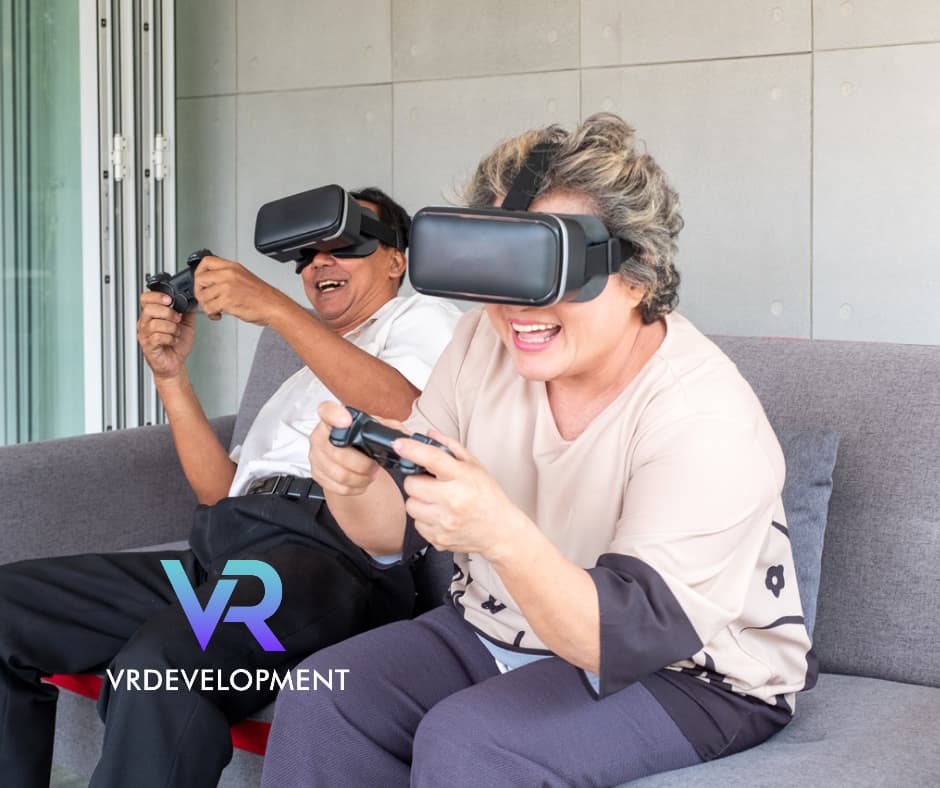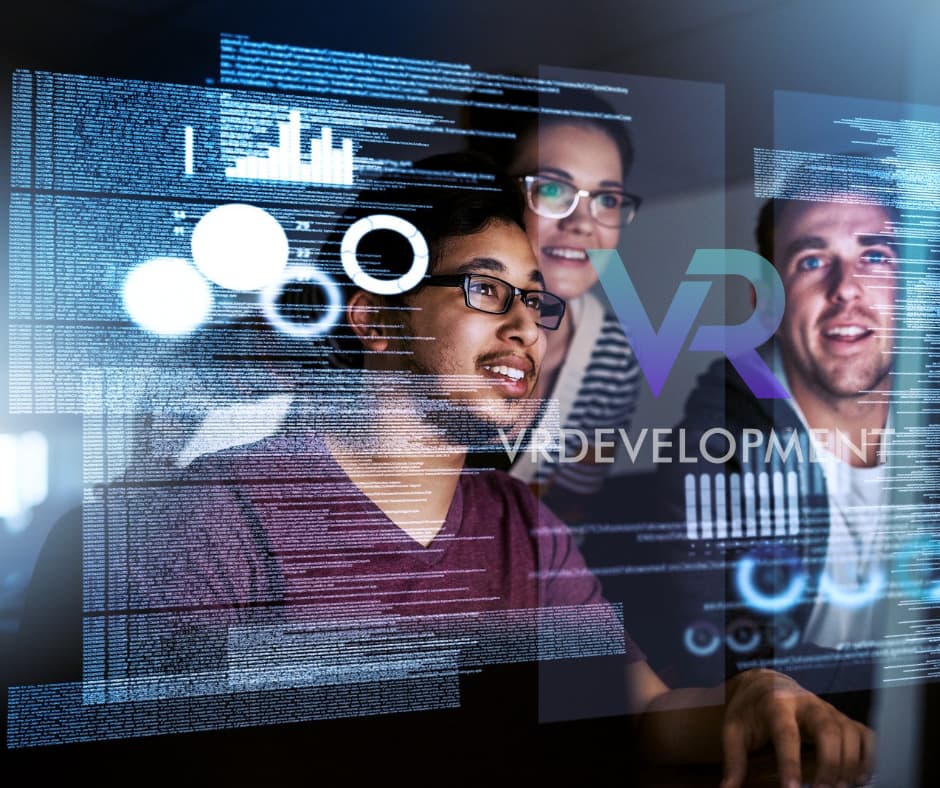How to get from idea to implementation?
How to get from idea to implementation?
All of us who are developing our own (or even someone else's) businesses know that brilliant idea not just pop out of our heads in the shower. At most, it's just the initial spark that gets the brainstorming started.
But, when a great idea was born for a new VR game or program, you have to make it somehow.
Since we have been approached by many different types of clients with a variety of better and better ideas, experience shows that the development process often brings surprises and unexpected events for them.
As developers, we love challenges, and for us, real success is when these exceptional ideas come to life. But sometimes, even though the idea is brilliant, it's not fully thought through, or the client may not have considered some important details due to lack of previous experience, and it ends up being shelved. But sometimes, even though the idea is brilliant, it's not fully thought through, or the client may not have considered some important details due to lack of previous experience, and it ends up being shelved.
We have put together a list of the most important aspects to consider when planning to develop a VR program:
» The most important point is that program development is a long process, plan ahead and give yourself and us time.
» In many cases, a large part of the development time is spent on developing the graphics and testing the program. The more visual and complex the program you want, the more time you should expect.
» Most people fall into the mistake of expecting virtual reality to be a perfect replica of the real world, so if you want a lifelike game like a sports match, it can be a bit of a disappointment, no matter how professional the user's equipment is. We suggest you break away from reality and create an imaginary world.
» The key is to plan the basics because it is more time-consuming to change afterward. E.g. For what target group has you designed the game? What are the movement requirements of the game? Do you want to sell it for home use or maybe for a VR playground where you need to plan the technical equipment of the venue?


» Decide which is the primary device you are designing the game for.
It's project-dependent, but often if you need to develop for multiple platforms at once, the development time will be much longer due to testing. It is more useful to choose a platform that is then easier "to port". Of course, in this case it is also important to know what the target platforms will be and choose which one to start with.
» Testing may seem simple, but when developing a VR game, "fixed" controls such as a keyboard, mouse or a console controller, which are easier to limit from the developer side, are not in play. VR controllers are held and moved by the players as it's comfortable for them, and we can't physically limit them. At the next family meal, just look around the table at how they hold the cutlery in their hands. Everyone is a different type...
» The more complex the game, the more spectacular the graphics, the longer it will take to develop, so one of the most important factors is how much time, money, and effort you want to invest.
Of course, if you don't know how to get started and are unsure about any of the above details, you can still contact us and we'll help you get your ideas together.
Please do not hesitate to share this post if you find it useful. Thank you!



